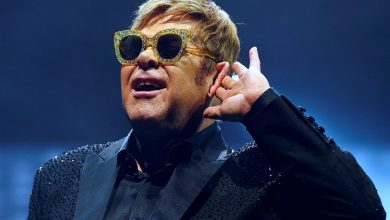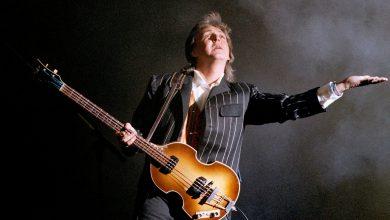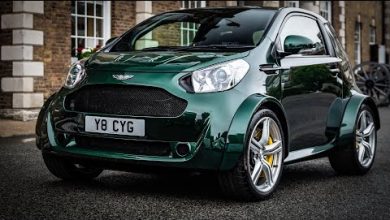
Title: “The Aston Martin DB5: A Timeless Bond Classic with a Secret Code – LU 6789”
In the mesmerizing world of cinema, few vehicles have attained the iconic status held by the Aston Martin DB5. Known as the ultimate Bond car, this British sports car has left an indelible mark on both automotive and cinematic history. Join us on a journey into the realm of espionage and elegance as we explore the legacy of the Aston Martin DB5, with a special focus on the enigmatic code “LU 6789.”
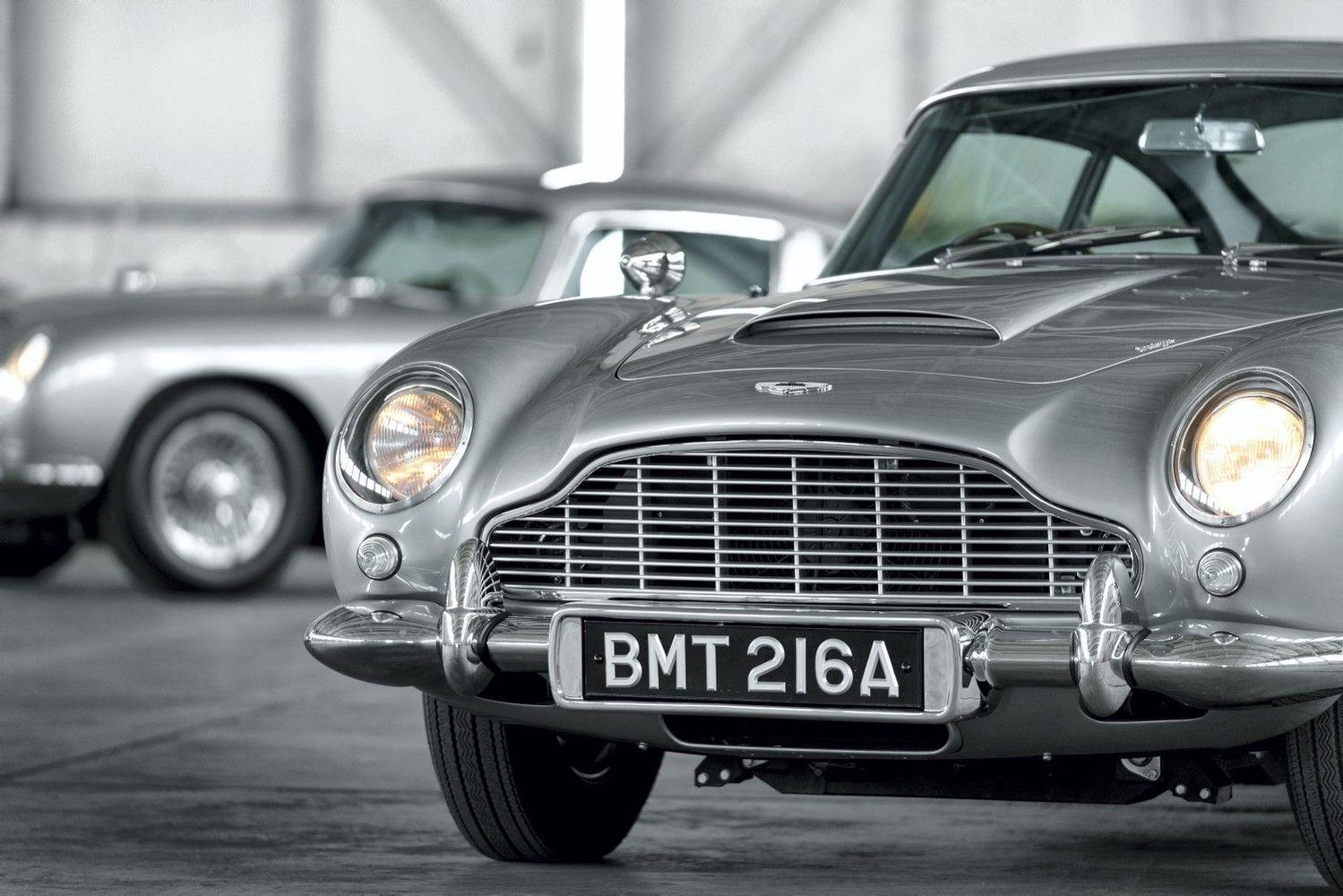
A Classic Introduction in “Goldfinger” (1964)
The Aston Martin DB5 made its grand cinematic debut in the 1964 Bond film “Goldfinger.” It wasn’t just a mode of transportation; it was Bond’s trusty sidekick, equipped with an array of ingenious gadgets designed by the brilliant minds at the ‘Q’ Department. When James Bond’s faithful Bentley could no longer meet the demands of his missions, the DB5 rolled onto the scene, fully loaded with optional extras that would make any spy envious.
This exquisite vehicle featured front and rear extending over-rider rams, front-firing .30 caliber Browning machine guns cleverly concealed behind the front indicators, retractable tire slashers, and a bulletproof rear screen. It even boasted a radio telephone concealed in a secret door compartment, a radar scanner discreetly placed in a racing-type wing mirror, and a tracking screen in the cockpit. The piece de resistance, of course, was the passenger ejector seat, complete with a roof panel that would jettison an unwelcome passenger into the sky. The car also featured an oil slick ejector, triple spiked nails (calthrops), and a smoke screen cartridge release through the exhaust pipes. It even had revolving number plates for various countries, an armaments drawer under the driver’s seat, and bulletproof front and rear screens. In some versions, it indulged in luxuries like a color fax machine and a champagne refrigerator.
From Fleming’s Pages to Silver Screen Glory
The journey of the Aston Martin DB5 in the Bond franchise began with Ian Fleming’s novel “Goldfinger,” where Bond was first gifted this exquisite vehicle. In the book, Bond’s choice of the DB5 over a Jaguar 3.4 showcased his preference for the good life coupled with adventure.
In the film adaptation, the DB5 underwent a transformation, thanks to the visionary production designer Ken Adam and special effects supervisor John Stears. Their visit to the Aston Martin factory in Newport Pagnell in 1963 paved the way for the installation of simulated machine guns, smoke canisters, and even a protective steel plate. An electrically operated license plate added a touch of espionage, allowing the car to switch identities for different countries.
However, the most iconic feature, the ejector seat, required a fighter-plane-style assembly that was temporarily installed, powered by a compressed-air cylinder. Although some of the gadgets were more sensational in fiction than reality, they all contributed to the DB5’s mystique.
A Star Beyond the Screen
The Aston Martin DB5’s fame transcended the world of cinema. After the colossal success of “Goldfinger,” Aston Martin built two replicas of the car for promotional purposes, featuring additional luxuries such as a telephone and opulent interior trim. All five vehicles, including those used in the film, became star attractions at motor shows and charity events, solidifying their status as legendary pieces of cinematic history.
In 2010, one of the original Goldfinger DB5s sold for an astounding $4.1 million, underscoring its enduring appeal. It retained its pop-out gun barrels, bullet shield, and revolving front number plate, bearing the iconic “GOLD FINGER” or “JB007” or “BMT216A.”
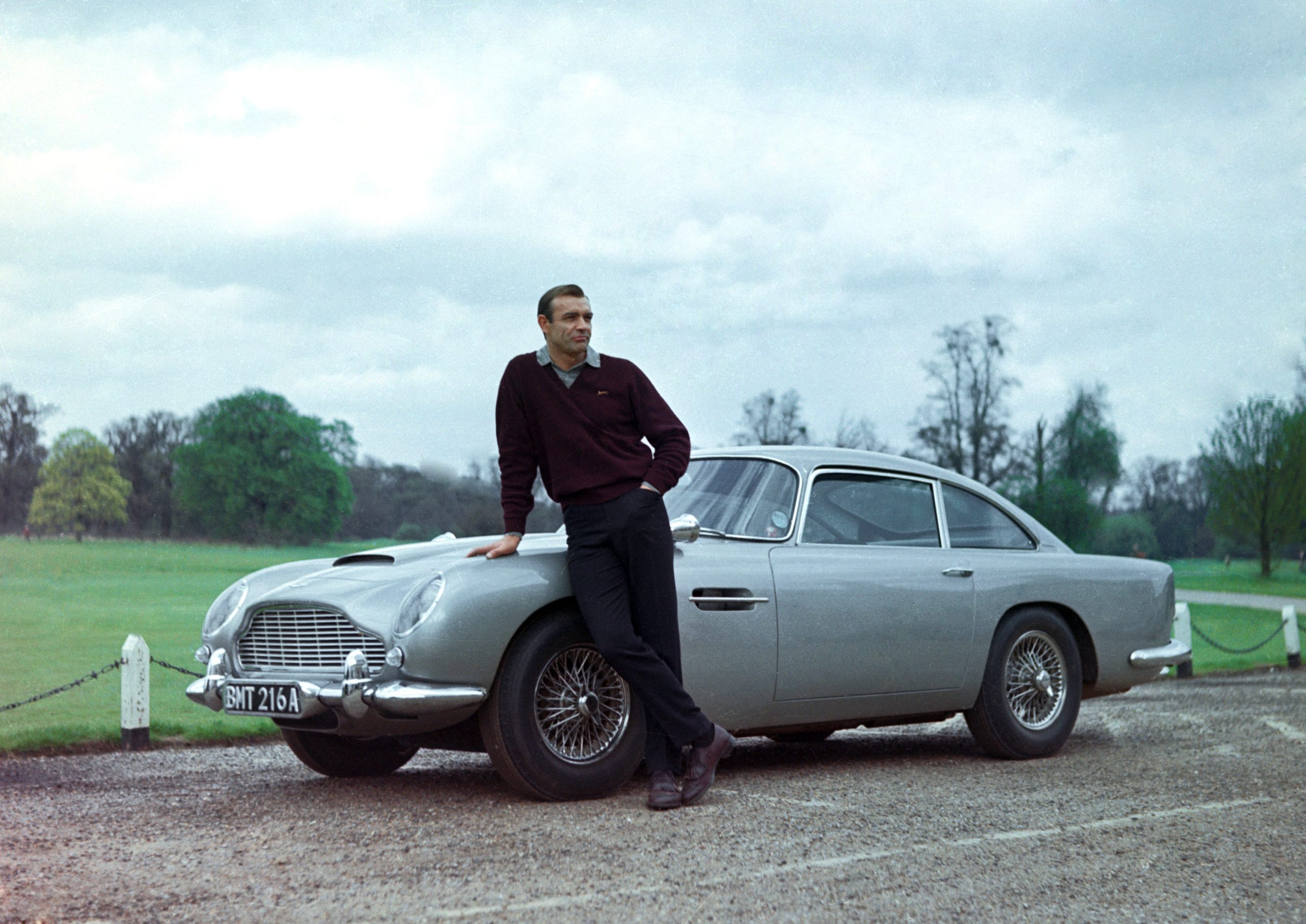
Continuing Adventures: “Thunderball,” “GoldenEye,” and More
The DB5’s adventures didn’t end with “Goldfinger.” In “Thunderball,” it showcased its water-cannon capabilities outside the Chateau d’Anet palace, leaving audiences in awe. The car went on to make appearances in “GoldenEye” and “Tomorrow Never Dies,” taking part in thrilling car chases and preserving its reputation as Bond’s private car.
In “Casino Royale,” the DB5 took a unique turn. While Ian Fleming’s novel suggested that Bond purchased the car, the 2006 film adaptation saw Bond winning it in a poker game in The Bahamas. This Casino Royale version stood out as the only left-hand drive DB5 in the Bond film series.
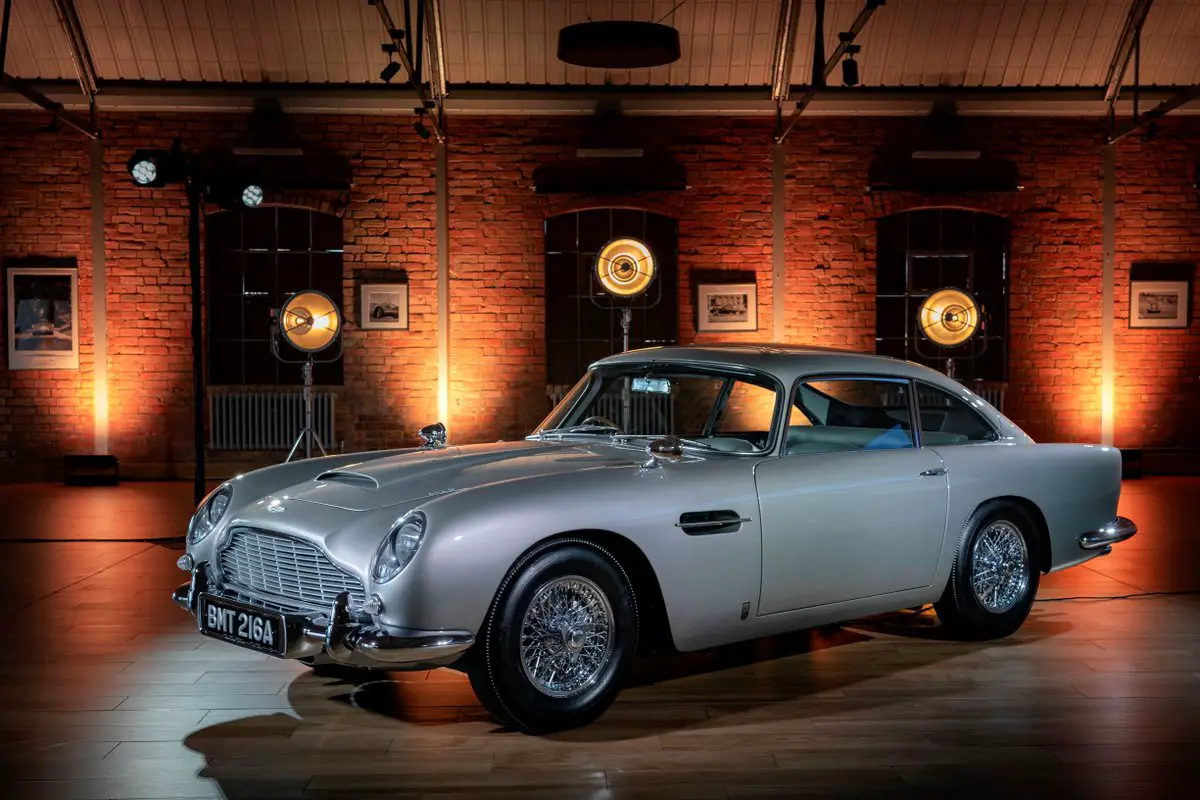
A Symbol of Elegance and Ingenuity
The Aston Martin DB5 is not merely a car; it’s a symbol of James Bond’s elegance and ingenuity. A timeless icon that marries luxury and cutting-edge gadgetry, it continues to captivate audiences worldwide. With each appearance on the silver screen, it cements its status as a true cinematic masterpiece on wheels, forever etching its place in the annals of film history. The DB5 is more than a car; it’s a symbol of the timeless allure of James Bond and the magic of the movies, with the mysterious code “LU 6789” adding an extra layer of intrigue to its legacy.



